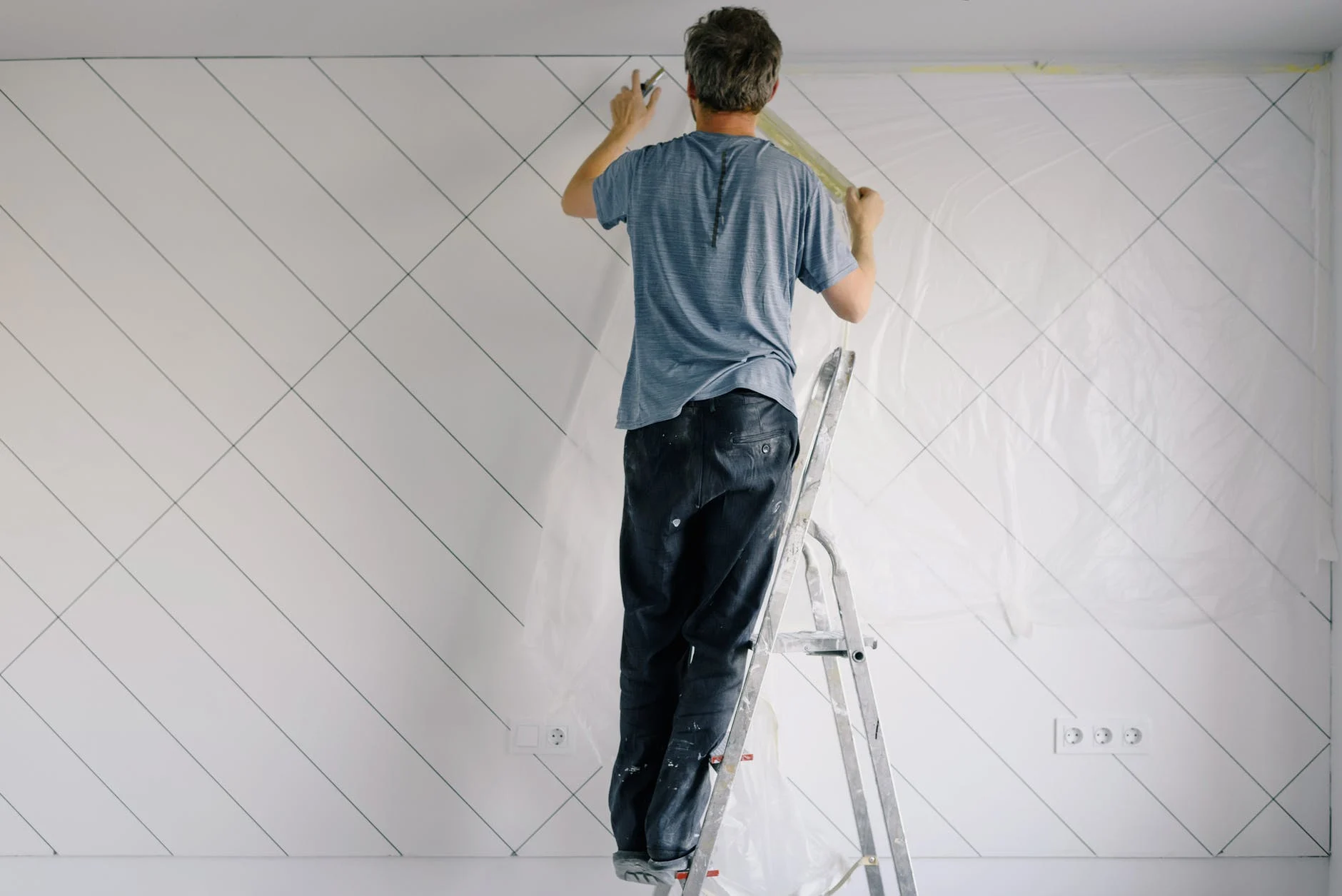Convicts were the first to paint in Australia. Thomas Watling, a forger who arrived in Sydney shortly following its foundation, painted the first oil paintings of the colony in 1794. He was disappointed by the barren Australian landscapes he found as a Border country romantic. Although this painting was not a hit with critics, it is a great example of how convict painters influenced the national art scene.
painters australia
Many Aboriginal artists from Australia have found a place in the modern art scene. George Tjungurrayi (a Pintupi Artist) has had his work displayed in solo exhibitions in Australia and at Sydney’s Biennale. His cultural heritage and the stories of the Tingarri Cycle are deeply rooted in his artwork. His paintings are filled with vibrant colors and the movements that birds make. His work was used in a number of Australian advertising campaigns, including a Kit Kat ad.
The early Australian painters weren’t just escapists from their social circumstances but reaffirmed the value of painting. This was a significant step forward, as the first of these exhibitions took place in Sydney. The Contemporary Art Society began holding exhibitions in other cities than Melbourne. This encouraged artists to exhibit in non-Melbourne cities, which increased their exposure to international audiences. Many Australian painters’ work helped to cement Ned Kelly’s legend as a folk hero.
The Contemporary Art Society was the beginning of the next generation Australian painters. These artists met in Sydney or Perth and began to show their work across the country. The movement also involved a number of artists who had trained and lived in Europe. Donald Friend was the leader. He was not happy with Australian provincialism or incompetence. They developed a distinctive style that was Australian-specific.
Australia has an art scene that is vibrant and combines many styles and mediums. This is unlike other countries. This is especially true for the country’s landscape painters. The landscapes can be so beautiful that it is difficult for the viewer to see the scenery. These paintings are not merely an escapist: the artists who grew up in rural areas have the same values as people who grew up in urban areas.
Australia was relatively undeveloped by the end of the 19th-century. The continent’s landscapes remained isolated for many years. The landscape was a symbol representing the landscape, a place in which humans live and work. A painting inspired or inspired by nature is often a symbol to show a place that people lived in, not only in its physical form but also in its past. Its colours are bright and enticing and the scenery seems to glow.
The return of art to Australia in the early 20th Century brought about a new attitude and a renewed interest in the subject. The first generation Australian artists were largely European-trained and many of them had been trained abroad. The early Italian painters had influenced the development of the Australian art scene. It is important not to forget that the European painters are not just immigrants. Rather, they had a European background and travelled to Europe to pursue their artistic careers.
Many artists were inspired by their homelands in the early 20th century and found inspiration in other countries. This included Aboriginal artists. Australia’s art scene was diverse and its people were not open for change. In fact, a large number of artists had a very different vision of the world, which made the painting process even more difficult. In this sense, it was the Europeans who set the standard for Australian art.
George Tjungurrayi (a Pintupi painter) was the first one to paint a picture of the Australian bush. His work depicted a landscape near his home. His family was his models for the painting. His wife Annie was the model, John his son was a baby and Michael his brother a man. The result was used as an advertisement for Kit Kat Australia.








